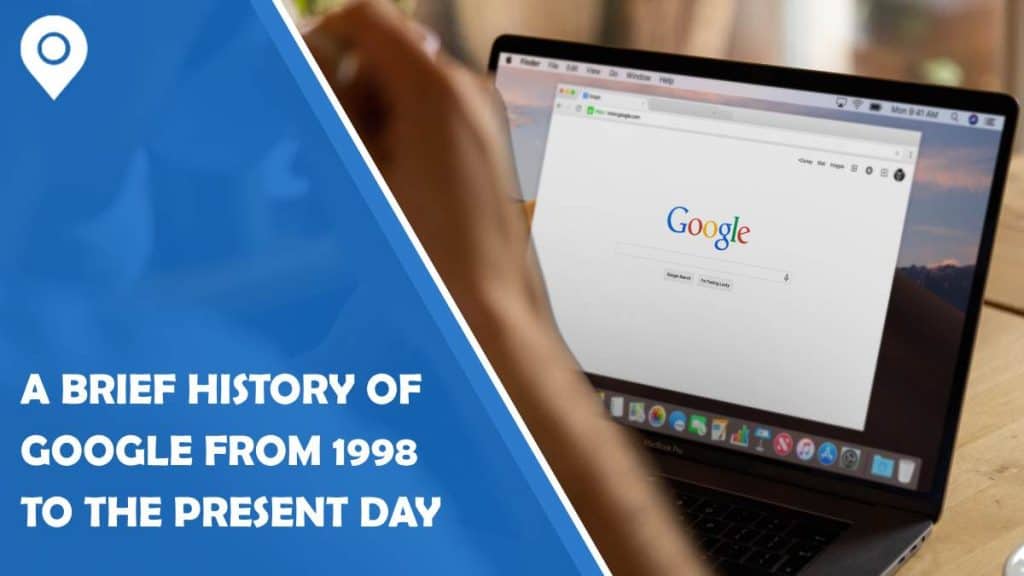Since its inception in 1998, Google has transformed from a humble search engine into a global tech giant, shaping the way we access information, communicate, and interact with the digital world. This brief history delves into the key milestones and evolutions of Google from its early days to the present.
1998-2000: The Birth of Google
In 1998, Larry Page and Sergey Brin, two Stanford University students, created a search engine called “Backrub,” which ranked web pages based on their inbound links. The following year, they renamed it “Google,” a play on the word “googol,” referring to the number 1 followed by 100 zeros, symbolizing the vastness of information they aimed to organize.
2001-2004: Growth and Innovation
Google quickly gained popularity for its simple and efficient search results. In 2001, the company introduced Google Image Search, allowing users to find images online. The launch of Google AdWords in 2000 marked the beginning of Google’s advertising platform, which would become a significant revenue source.
In 2004, Google went public, and its Initial Public Offering (IPO) raised over $1.6 billion, solidifying its status as a major player in the tech industry.
2005-2009: Expanding Services
The mid-2000s saw Google expanding its services beyond search. Google Maps launched in 2005, revolutionizing online mapping and navigation. The same year, Google acquired Android, a move that would lead to the development of the Android operating system for mobile devices.
In 2007, Google launched the Android operating system, transforming the smartphone landscape and eventually becoming the world’s most popular mobile OS.
2010-2013: Cloud Computing and Google+
In 2010, Google introduced Google Apps for Business, expanding into cloud-based productivity tools. Google+ debuted in 2011 as a social networking platform, aiming to compete with Facebook. Although it didn’t achieve the same level of success, it emphasized Google’s push into social media.
2014-2016: Alphabet Inc. and AI Advancements
In 2015, Google underwent a major corporate restructuring and formed Alphabet Inc., a conglomerate overseeing various businesses, with Google as its largest subsidiary. This move allowed Google to focus on core areas while other ventures operated semi-autonomously.
Advancements in artificial intelligence (AI) and machine learning gained prominence during this period, with Google’s DeepMind AI defeating a human champion in the game of Go, showcasing the potential of AI in complex tasks.
2017-Present: AI Integration and Diverse Offerings
Google’s AI capabilities continued to advance, with the integration of AI into various products and services, from Google Assistant to improved search algorithms. The company also launched Google Pixel smartphones and expanded its hardware lineup, including smart speakers and smart displays.
Google’s commitment to sustainability and renewable energy became evident through projects like Project Sunroof, which used satellite imagery to calculate solar energy potential for homes.
From its origins as a search engine in a college dorm room to its present-day status as a tech behemoth, Google’s journey has been nothing short of remarkable. The company’s innovations have shaped the way we access information, communicate, and interact with technology. As Google continues to expand into new areas, including AI, cloud computing, and hardware, its influence on the digital landscape remains undeniable. With its commitment to innovation and user-centric solutions, Google is poised to continue shaping the future of technology and how we experience the digital world.
